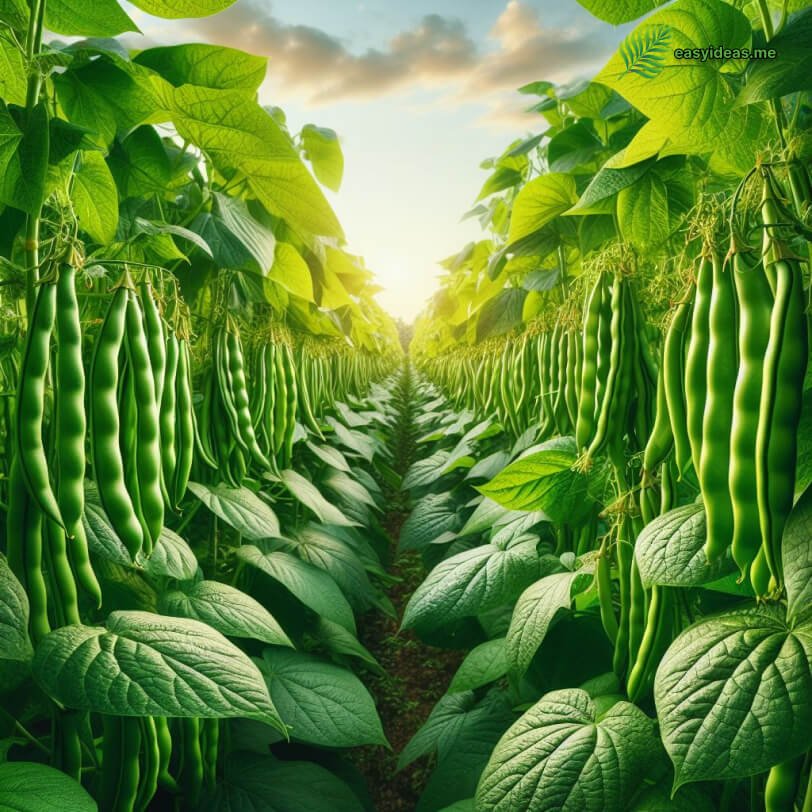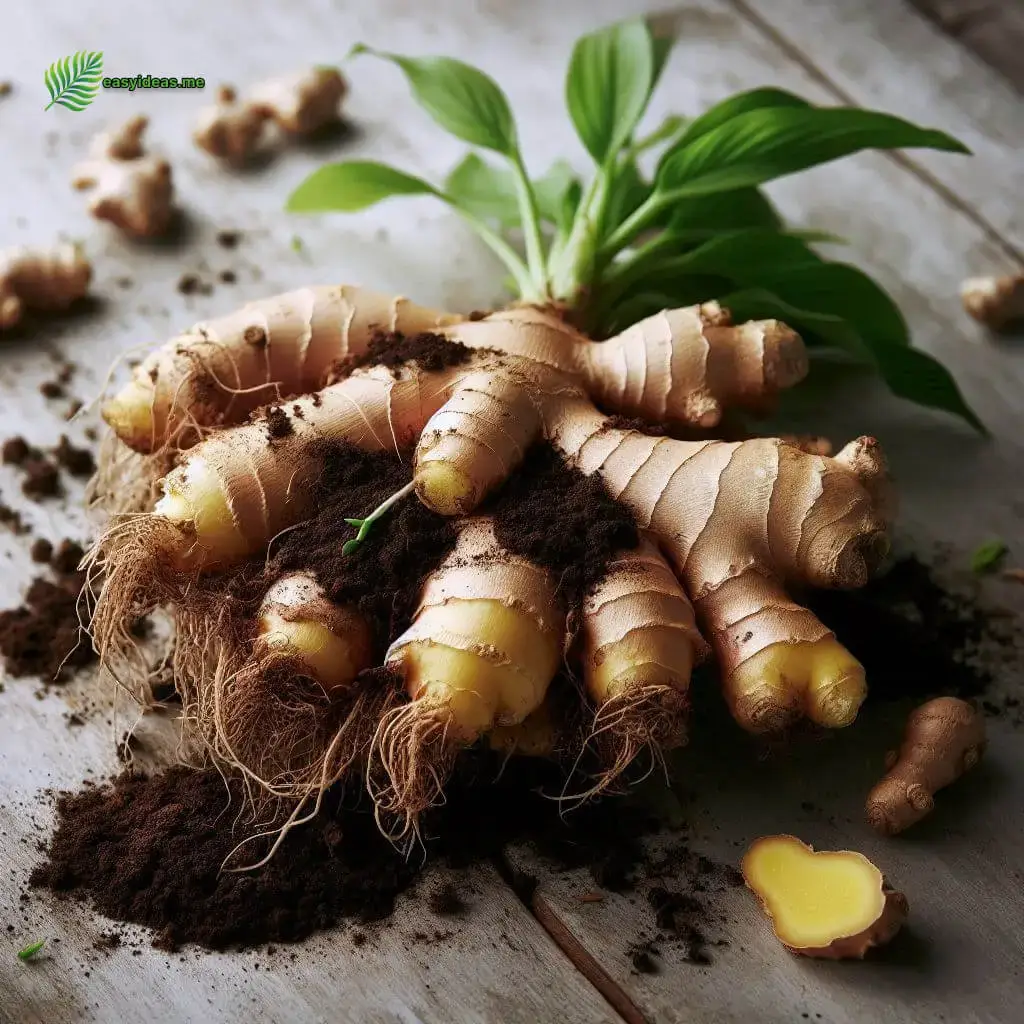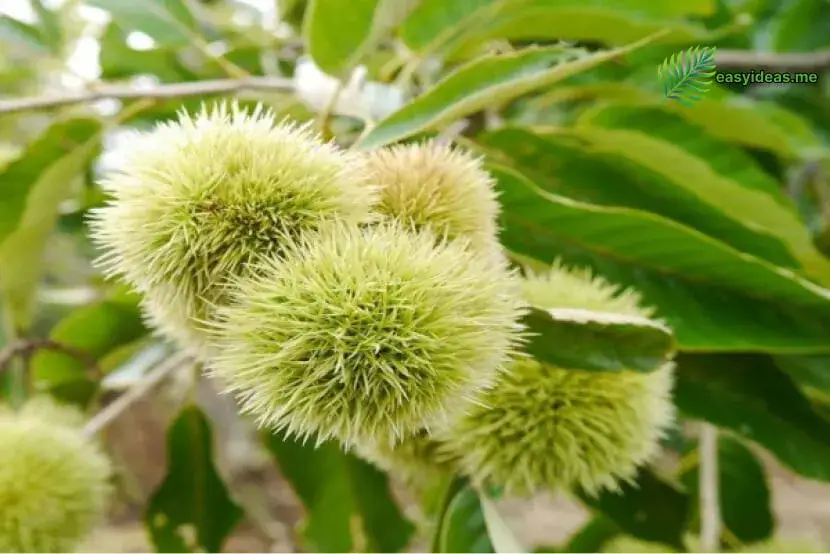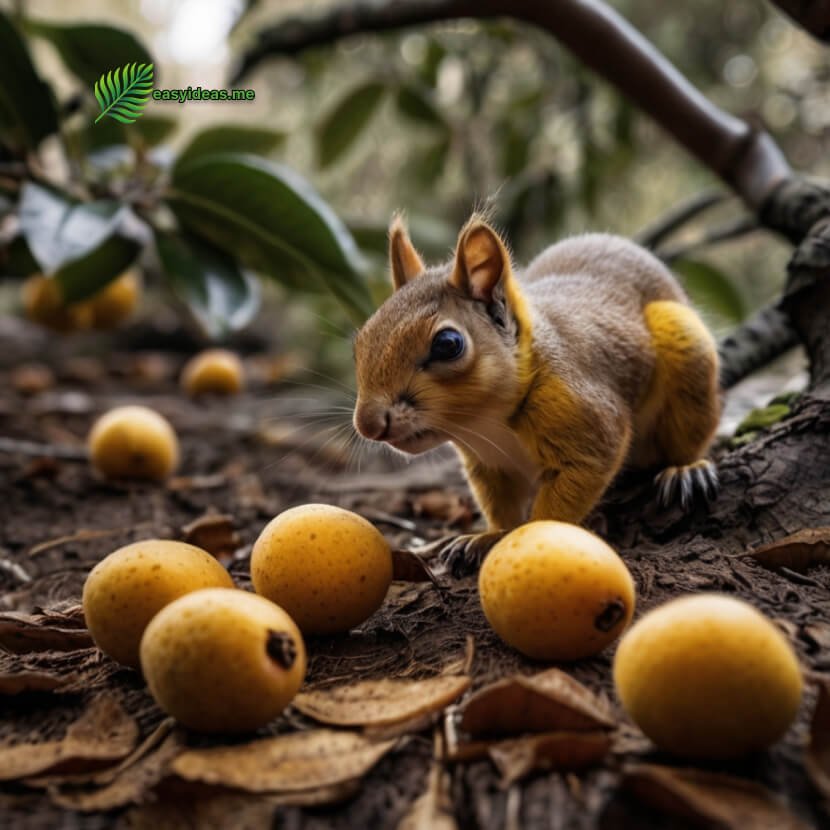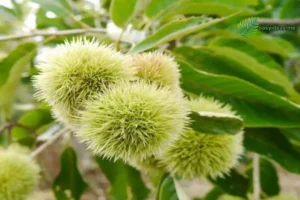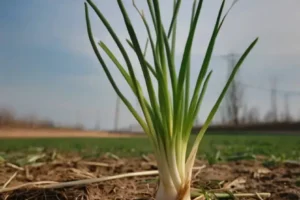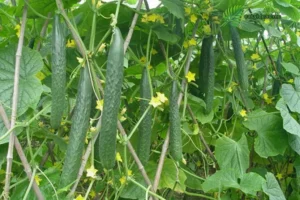Beans are a very popular everyday vegetable. With a delicious taste and high nutritional content, beans are chosen as a main food item in many meals throughout the day. However, growing beans is not as easy as you might think. You need to master the technical methods, identify and solve any issues that arise during the cultivation process to ensure dense growth. Today, we will show you 5 key points that will help you successfully grow beans every time.
1. Deeply Till the Soil
Green beans are a highly adaptable vegetable that can be grown in almost any soil. However, when choosing soil, it’s best to opt for a type that is rich, deep, and loose. Before planting, the soil should be deeply tilled to break it up into finer particles, enhancing its looseness and aeration. After deep tilling, you can apply some base fertilizer before sowing, which will help promote growth.
However, it’s important to avoid replanting beans in the same area year after year. Green beans are a type of legume, and if planted repeatedly in the same soil, it can lead to slower growth in later stages and even increase the risk of cross-contamination by pests and diseases.
I suggest planting 1-2 seeds per hole, and you can use a small shovel to sow them. The spacing between each hole should be about 60-70 cm. After sowing, it’s important to water thoroughly to allow the seeds to absorb the base fertilizer better. With patience, you should see seedlings emerging in about 7-10 days.

2. Transplanting during Seedling Stage
When the green bean seedlings have grown two to three leaves, I conduct a transplanting operation based on the density of the seedlings.
For those seedlings that are too closely spaced, I transplant them to ensure that each plant has about 60 cm of space. This helps ensure that each seedling gets enough sunlight.
After transplanting, I don’t water heavily right away. Instead, I choose to water lightly, then adjust the watering based on the soil’s moisture level to ensure the seedlings have enough water to grow.
About 5-6 days after transplanting, you can add some nitrogen fertilizer to encourage plant growth. A proper addition of nitrogen fertilizer can promote branching and tillering in the later stages, ultimately increasing the yield of green beans.

3. Increase Watering Before Flowering
After transplanting, green beans enter the flowering stage. Managing this period is crucial for the later yield of the beans.
Many growers fall into a common misconception at this stage, thinking that adding more fertilizer will result in more flowers and beans. However, adding fertilizer before the flowering stage can lead to nutrient overload, causing the plant to stop growing or to grow foliage without producing beans.
Before the flowering stage, focus on watering. However, proper watering during this period is key. Over-watering can lead to excessively high soil moisture, reducing the plant’s ability to absorb nutrients, resulting in unproductive growth. On the other hand, under-watering can cause the soil to become too dry, leading to poor plant growth and flower drop.
Therefore, my recommendation is to water every 4-6 days, adjusting based on local temperature and soil moisture.

4. Managing Twisting and Pests During the Vine Growth Stage
During the vine growth stage, green beans grow along the bamboo trellis I’ve set up, with their tendrils tightly gripping the bamboo poles. At this point, I need to gently untangle these tendrils to prevent them from wrapping around each other. Twisting tendrils can not only affect sunlight penetration but also lead to cross-contamination by pests and diseases. The vine growth stage is a critical period for plant growth, and I pay close attention to fertilizing the green bean plants. My suggestion is to first remove any old, yellowed, or diseased leaves and pinch the plant’s growing tips to encourage side vine growth.
Next, apply nitrogen fertilizer, urea, or spray the plants with growth boosters, phosphate-potassium source nutrients, or potassium dihydrogen phosphate. Be careful not to use organic fertilizers that haven’t been properly decomposed. Such fertilizers ferment slowly in the soil and can’t adequately meet the growth needs of the green bean plants. Additionally, these incompletely decomposed organic fertilizers can generate heat during soil fermentation, affecting root growth and potentially causing red root disease.
Green beans are susceptible to powdery mildew, pod borers, and rust during the vine growth stage. I recommend using fungicides like carbendazim, triadimefon, or triazolone wettable powders mixed with water to spray the plant leaves, once a week, to effectively treat and prevent powdery mildew and rust. For pod borers, you can use deltamethrin emulsion to spray the buds or flowers. It’s best to spray before 10 a.m. for optimal results.

5. Skillful Fertilization and Effective Water Management
Green beans have specific nutrient and water requirements during their growth period, relying on fertilizers and water to support their nutritional growth. After transplanting, focus on promoting compact growth rather than excessive fertilization and watering to avoid uneven growth.
During the period between transplanting and flowering, I focus on controlling water and applying balanced potassium fertilizer to avoid leggy growth. If the green bean plants seem weak after transplanting, you can lightly apply urea diluted in water 1-2 times.
During the flowering to pod-setting stage, green beans consume a lot of nutrients, so this is the time to increase fertilization. It’s recommended to reduce the use of nitrogen fertilizers during the flowering stage and opt for phosphate-potassium fertilizers and urea instead.
However, during this period, heavy watering should be avoided, as it may cause flower buds to drop, affecting yield. In the peak pod-setting stage, fertilization should be adjusted based on the plant’s growth condition. If the plants are still growing, you can use a bio-fertilizer like seaweed-based fertilizer to encourage side-branching and promote additional flowering.

Summary: I believe green beans are a vegetable with a robust root system, they love light, warmth, and are popular among many people. During the cultivation process, it is crucial to ensure adequate sunlight for green beans, as it is a key factor for high yield.
Read more: Discover the Green Elixir: Unveiling the Incredible Benefits of Aloe for Your Health and Beauty

